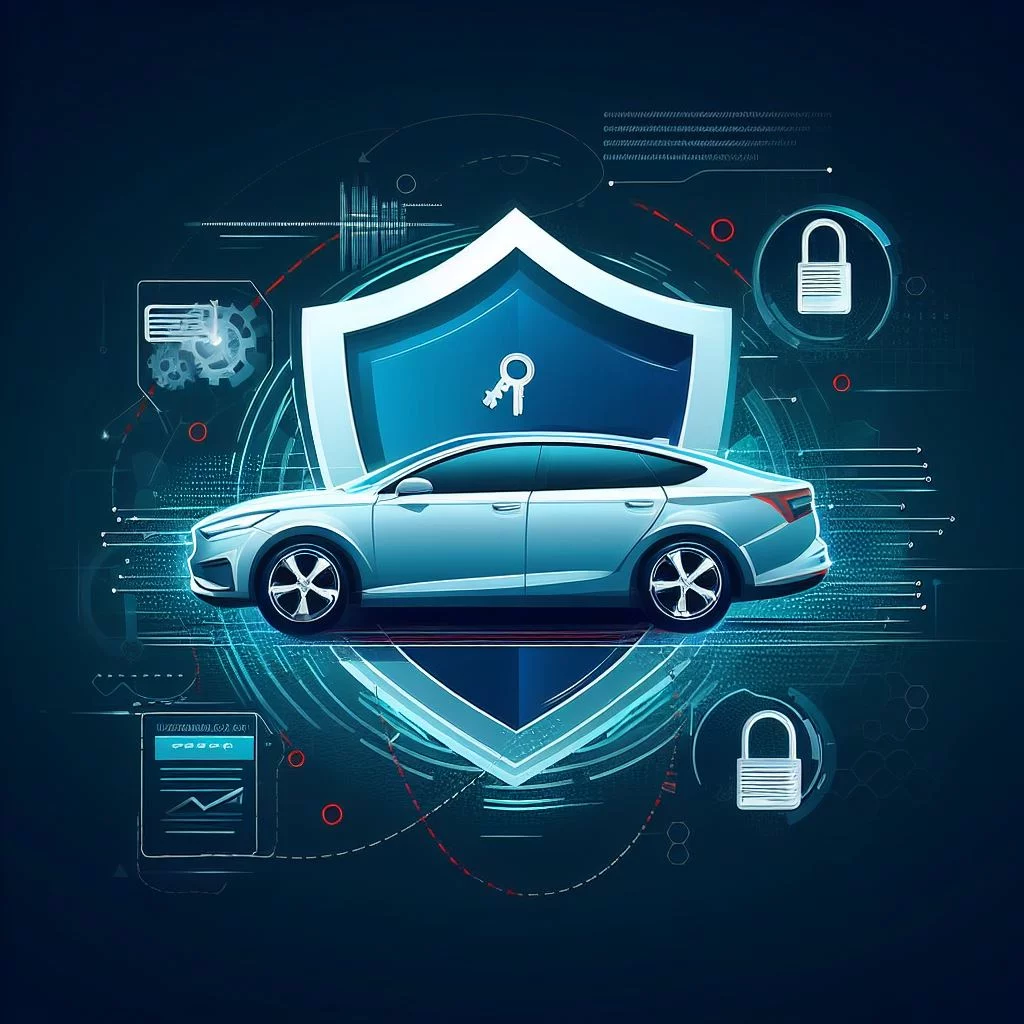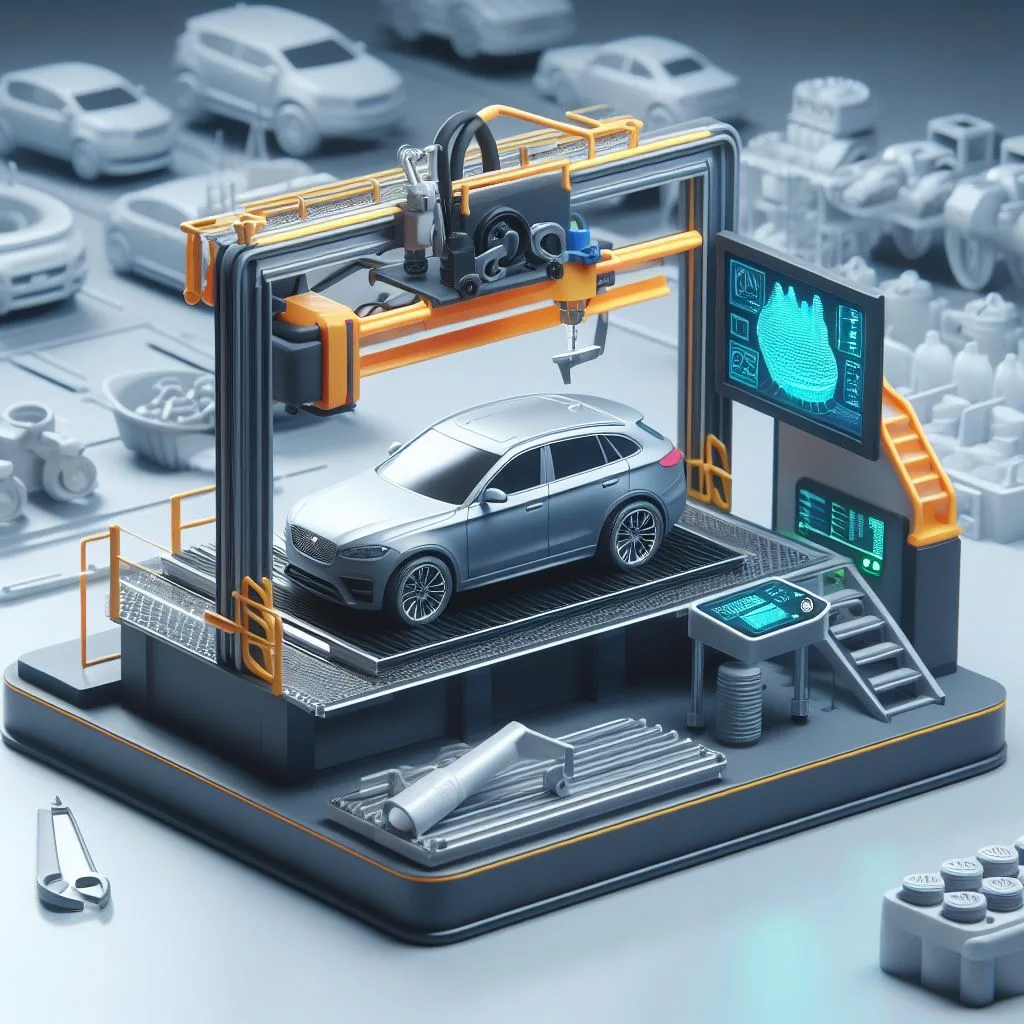Automotive cybersecurity encompasses a set of measures and technologies aimed at safeguarding vehicles from cyberattacks, which have the potential to trigger safety hazards, compromise data integrity, and inflict financial losses. The integration of advanced technologies, such as the Internet of Things (IoT) and autonomous driving systems, has introduced a host of new entry points for cyber threats. Therefore, ensuring robust automotive cybersecurity is paramount to safeguarding both drivers and passengers and the integrity of data within these modern vehicles.
Tackling Automotive Cybersecurity
Automotive cybersecurity encompasses a set of measures and technologies aimed at safeguarding vehicles from cyberattacks, which have the potential to trigger safety hazards, compromise data integrity, and inflict financial losses. The integration of advanced technologies, such as the Internet of Things (IoT) and autonomous driving systems, has introduced a host of new entry points for cyber threats. Therefore, ensuring robust automotive cybersecurity is paramount to safeguarding both drivers and passengers and the integrity of data within these modern vehicles.
Let’s discuss Automotive Cybersecurity Strategies
Security by design
Security by design is a proactive approach to cybersecurity that focuses on building security into products and systems from the ground up. It is important because it helps to reduce the risk of security vulnerabilities and makes products and systems more secure by default. This is especially important in today’s world, where cyberattacks are becoming increasingly sophisticated and frequent.
Some of the benefits of security by design include:
-
Reduced risk of security vulnerabilities
-
Improved security by default
-
Reduced costs
-
Improved customer confidence
Security by design principles can be applied to all aspects of product development, from the initial design phase to the implementation, testing, and maintenance phases. Some key principles of security by design include:
-
Threat modeling
-
Secure coding practices
-
Least privilege
-
Defense in depth
-
Security testing
Strong Authentication and Access Control
Strong authentication and access control are cornerstones of automotive cybersecurity. These measures ensure that only authorized individuals or systems can access critical vehicle functions and data. Robust authentication methods, including multi-factor authentication, biometrics, and secure digital keys, help confirm the identity of users and devices. Access control mechanisms define who has access to specific vehicle systems and data. It limits the potential for unauthorized tampering or interference. Together, these safeguards fortify the security of connected and autonomous vehicles, protecting them from cyber threats.
Intrusion Detection Systems (IDS) and Intrusion Prevention Systems (IPS)
Intrusion Detection Systems (IDS) and Intrusion Prevention Systems (IPS) are integral components of automotive cybersecurity. They are designed to detect and respond to unauthorized or malicious activities within a vehicle’s network. IDS is responsible for monitoring network traffic, looking for suspicious patterns, and alerting administrators or security systems. In contrast, IPS not only identifies threats but also takes active measures to prevent them by blocking or mitigating malicious actions in real time. It proactively safeguards the vehicle’s integrity and security. These systems play a vital role in maintaining the safety and privacy of connected and autonomous vehicles. They make them resilient against cyberattacks and ensure the continuous protection of drivers and passengers.
Data Encryption
Data encryption is a pivotal element in automotive cybersecurity, providing a robust defense against data breaches and unauthorized access. In the context of connected and autonomous vehicles, data encryption involves the transformation of sensitive information into an unreadable format that can only be deciphered with the appropriate decryption key. This protective measure applies to both data at rest (when stored in a vehicle’s memory or a central server) and data in transit. By encrypting data, automotive systems safeguard the confidentiality and integrity of critical information, such as driver profiles, navigation data, and vehicle performance metrics, preventing it from being intercepted or tampered with by malicious actors. Data encryption stands as a fundamental shield in the ever-evolving landscape of automotive cybersecurity, ensuring that the privacy and security of both drivers and their vehicles are maintained.












